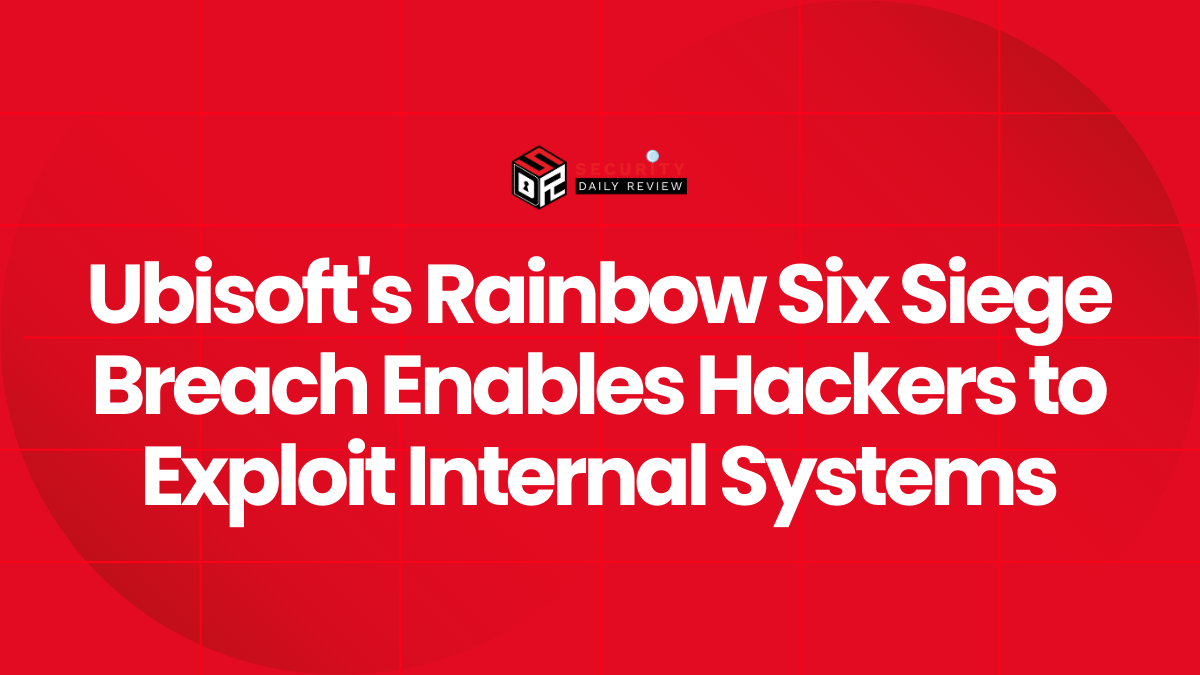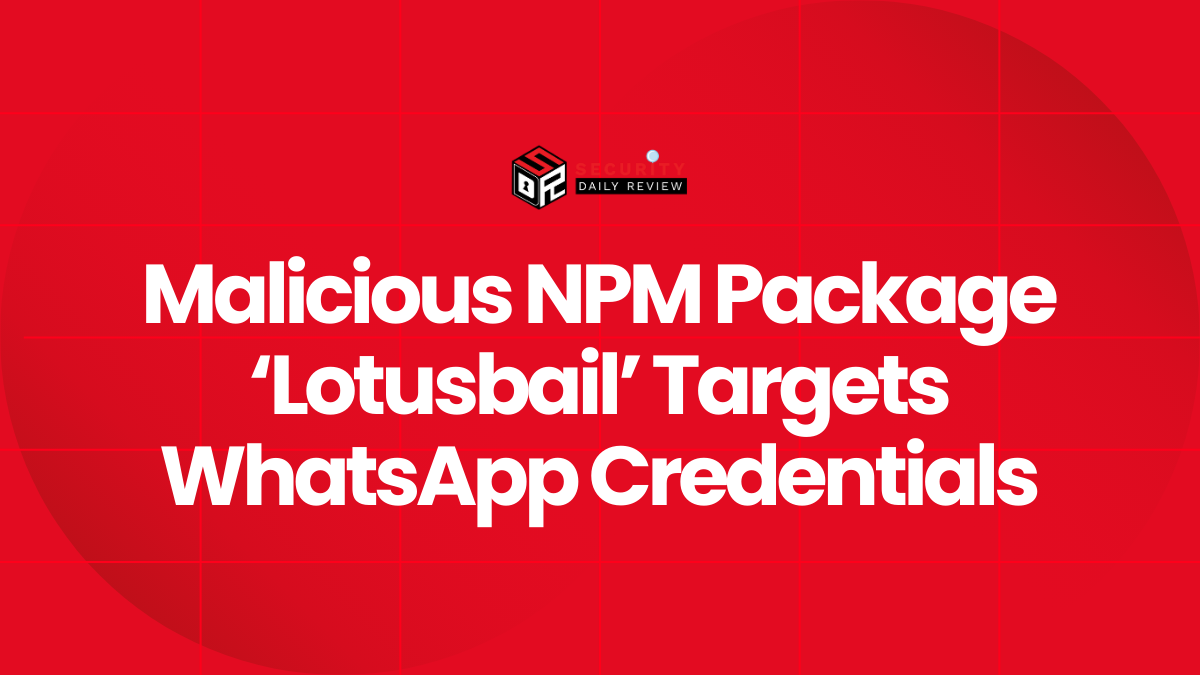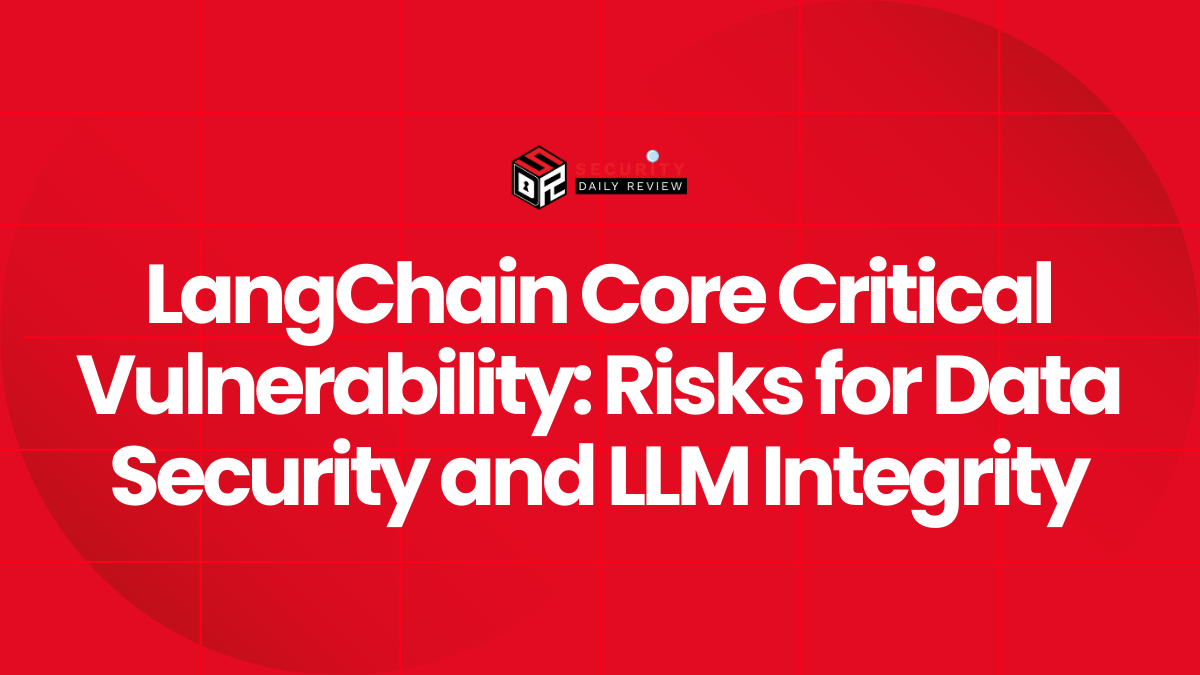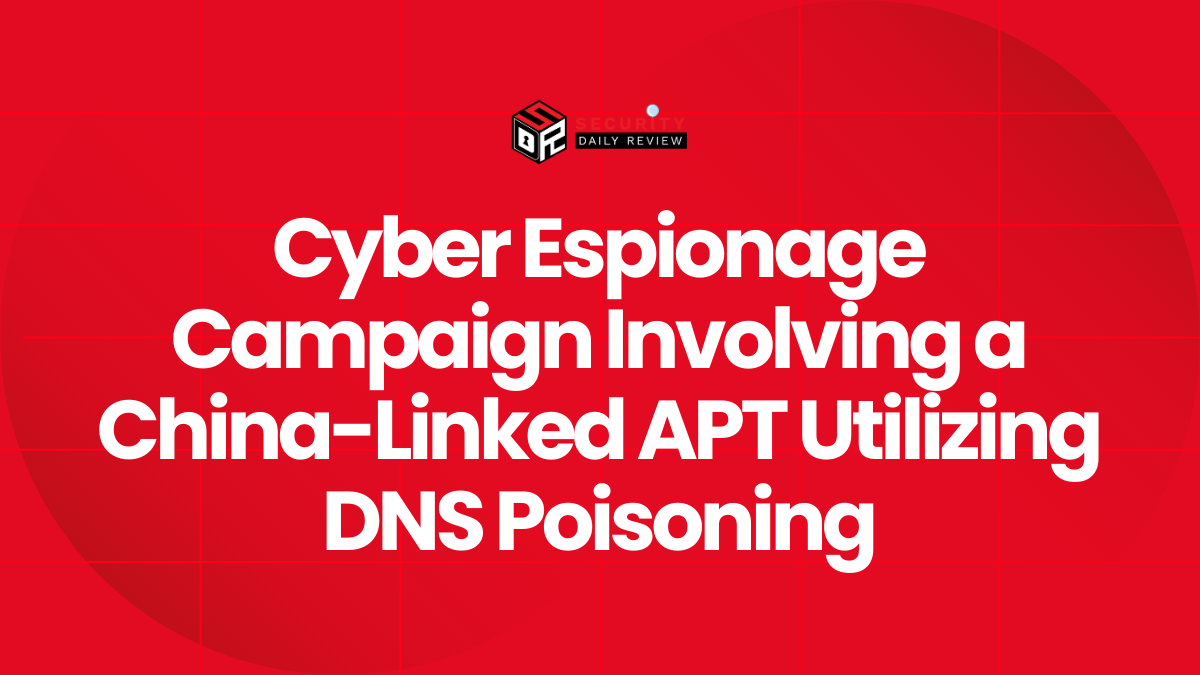Phishing attacks are one of the most formidable challenges for businesses today. The year 2023 witnessed an unprecedented surge in phishing scams, driven largely by the proliferation of generative AI tools.
These advancements have not only transformed how cybercriminals operate but have also democratized the ability to orchestrate intricate phishing campaigns, making it easier than ever for even beginners to conduct complex and believable attacks.
Phishing threats have reached unprecedented levels of sophistication in the past year, driven by the proliferation of generative AI tools. As shown in the Zscaler 2024 Phishing Report, this rising sophistication has transformed how cybercriminals operate and revamped the phishing threat landscape that businesses now face.
This article delves into the latest trends, tactics, and strategies businesses must adopt to protect themselves from the growing threat of phishing attacks.
AI Revolutionizes Phishing Attacks
AI advancements have revolutionized and reshaped the phishing threat landscape by democratizing complex phishing attacks. Generative AI tools have made it easier for even novice cybercriminals to orchestrate believable personalized phishing scams at scale. These sophisticated AI-powered phishing attacks are more difficult than ever for employees to detect and avoid. As a result, organizations now struggle to protect their critical data and systems from the onslaught of advanced phishing schemes.
Key Findings from the Zscaler 2024 Phishing Report
The Zscaler 2024 Phishing Report provided valuable insights into the changing phishing landscape based on their analysis of over 2 billion phishing transactions in 2023. Here are some of the most significant findings:
Surging Phishing Volumes
Phishing attacks rose dramatically in 2023, increasing by 58.2% compared to the previous year. This substantial growth reflects the increased capabilities that AI has provided threat actors in automating and scaling phishing campaigns.
Sophisticated Voice Phishing on the Rise
The report found a concerning rise in voice phishing (vishing) attacks, where cybercriminals leverage AI tools to impersonate voices during phone calls. One notable campaign discussed used generative AI to replicate the voice of Zscaler’s CEO in a large-scale vishing effort. As AI voice synthesis improves, vishing is estimated to surge further in the coming years.
Emergence of Advanced Deepfake Scams
Deepfake technology allows realistic video and image forgeries, which threat actors are beginning to exploit for phishing. The report warned that as this manipulation matures, it will enable highly targeted financial scams and industrial espionage via fabricated digital communications. Detection will become increasingly challenging.
Persistent Browser Exploitation Tactics
Adversary-in-the-middle (AiTM) attacks, which intercept browsing sessions, and the emerging browser-in-the-browser (BiTB) tactic continued thriving in 2023. These methods pose difficulties for traditional security solutions and expose vulnerabilities.
Financial Industry Top Target
The finance and insurance sector accounted for the highest volume of phishing attempts at 27.8% of the total. However, the year-over-year 393% increase for this industry was alarming.
Microsoft: The Most Impersonated Brand in Phishing Scams
Microsoft remained the most frequently impersonated brand in phishing lures, making up 43.1% of all brand references. Its widespread use amplified phishing impacts.
AI Democratizes Sophisticated Phishing: How AI Has Empowered Sophisticated Phishing Attacks
One of the most troubling findings from the Zscaler report was how AI has empowered even novice cybercriminals to launch complex phishing attacks that were previously only possible for advanced attackers. AI tools have automated and streamlined many phases of a phishing campaign:
Automated Reconnaissance and Data Harvesting
Threat actors can now leverage AI tools to automatically scrape and harvest vast amounts of online data at scale. By analyzing employee profiles, organizational structures, news articles and more, attackers gain the intelligence needed to precisely target their phishing attempts. This level of reconnaissance was previously very time-consuming but is now easily automated.
On-Demand Development of Hyper-Personalized Lures
Using generative AI chatbots and language models, cybercriminals can dynamically generate hyper-targeted phishing lures tailored for each individual employee or business partner. These lures are personalized down to detail gleaned from prior reconnaissance. Advanced natural language generation also enables lures that appear more authentic and engaging to recipients.
Rapid Cloning of Authentication Portals and Business Websites
AI-powered website cloning tools allow threat actors to seamlessly duplicate the look and feel of legitimate login pages or organizational websites within minutes. The replicas are often pixel-perfect, tricking users into entering credentials onto fraudulent sites. Generative AI can also synthesize highly convincing site content on-demand.
Simulated Human Interactions via Botnets and Chatbots
Bots controlled by a single attacker can rapidly deploy lures via email at enormous scale, evading detection. These botnets also simulate human-like chat conversations to respond to any queries about the scam, enhancing social engineering tricks. Chatbots improve tactics in real-time based on interactions.
Stealthy Generation of Exploit-Embedded Documents
Using AI, threat groups are able to embed invisible malware or exploit payloads directly into common file formats like PDFs and Office documents. These files appear authentic but download payloads when opened, bypassing signature-based defenses.
As AI systems improve, this democratization effect will proliferate new waves of sophisticated phishing. Detecting AI-generated fraudulent content from authentic digital communications grows increasingly complex as the technology matures. Zero-day, stealthy techniques also pose challenges for traditional signature-based defenses. Unless mitigated, AI will continue empowering newer threat groups to launch damaging phishing operations.
Defending Against Sophisticated AI-Driven Phishing Attacks Through Zero Trust
With phishing threats rapidly evolving due to generative AI capabilities, organizations must adapt their security strategies to safeguard against both existing and unknown risks. The zero trust model provides a robust framework to proactively detect and prevent sophisticated phishing attacks at pre-emptive stages.
Restricting Network Access via Private Micro segmentation
Zero trust restricts network access to only authorized devices and users. Private micro segmentation separates each application and prevents lateral movement if one system is compromised. This eliminates the ability for AI-generated phishing sites to access internal systems.
Multi-Factor Authentication to Thwart Stolen Credentials
Gone are the days of single factor passwords, zero trust leverages multi-factor authentication with biometrics, security keys and one-time codes to protect against AI’s superior credential theft capabilities like deepfakes and chatbots.
Application Protection with Runtime Security and WAFs
At the application layer, web application firewalls, API gateways and runtime application self-protection block any unauthorized access or anomalies in traffic behavior that could indicate an AI phishing payload was delivered.
Sandboxed Browser Isolation for Untrusted Content
Disposable virtual environments like browser isolation deploy temporary sandboxed browsers to access untrusted sites, preventing AI-crafted phishing pages from installing malware on endpoints and internal networks.
AI-Powered Inspection of all Inbound/Outbound Traffic
Next-gen network security leverages ML and AI to spot subtle anomalies across all web, email, mobile and IoT traffic that could reveal a stealthy phishing or exfiltration attack underway, even with encrypted traffic.
Deployment of Deception Environments
Honeypots and canary tokens misdirect attackers to reveal their intent while providing early warnings of targeted AI phishing campaigns or insider threats that evade preventative controls.
Conclusion
Phishing attacks have reached unprecedented levels of sophistication, driven by the proliferation of generative AI tools. As cybercriminals continue to refine their tactics, businesses must remain vigilant and adopt robust security measures to protect their data and systems. By leveraging zero trust architecture and adhering to foundational security best practices, organizations can strengthen their defenses against the ever-evolving threat of phishing attacks.
FAQ
What are phishing attacks?
Phishing attacks are fraudulent attempts to obtain sensitive information, such as usernames, passwords, and credit card details, by disguising as a trustworthy entity in electronic communications.
How has generative AI impacted phishing attacks?
Generative AI has revolutionized phishing attacks by enabling cybercriminals to automate and personalize various components of the attack process, making them more sophisticated and difficult to detect.
What industries are most targeted by phishing attacks?
The finance and insurance industry faced the highest concentration of phishing attacks, accounting for 27.8% of overall attacks in 2023.
What is zero trust architecture?
Zero trust architecture is a security model that assumes no user or device, inside or outside the network, can be trusted by default. It requires strict verification for every access request.
How can organizations protect against phishing attacks?
Organizations can protect against phishing attacks by adopting zero trust architecture, implementing multi-factor authentication, deploying advanced email security solutions, and regularly training employees to recognize and report phishing attempts.









